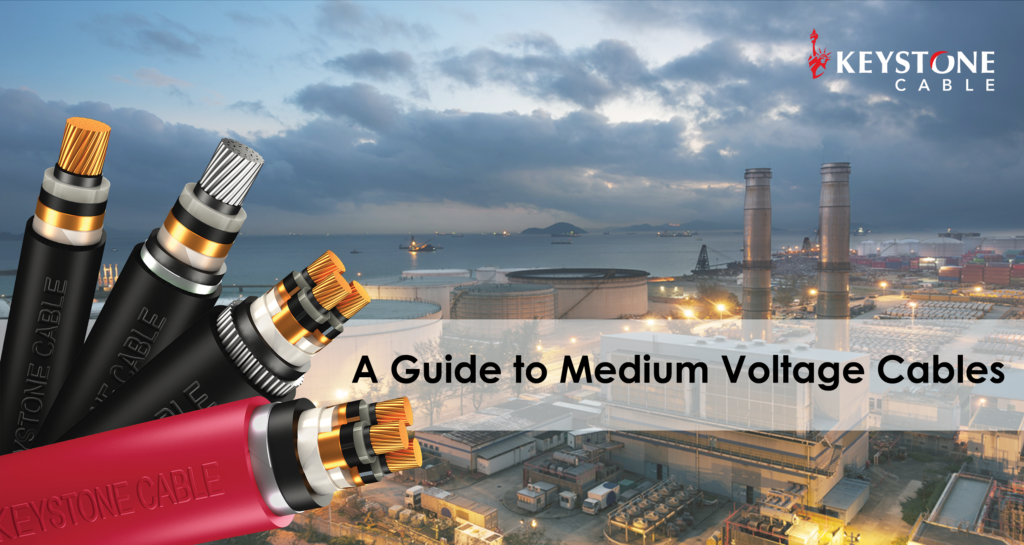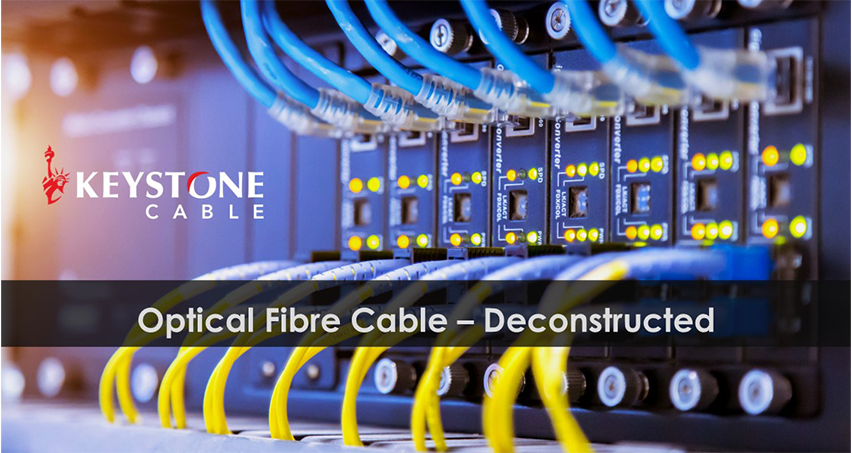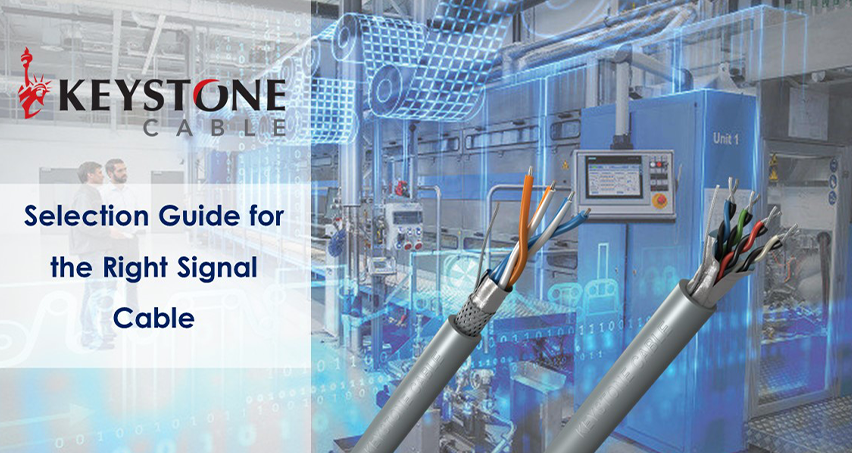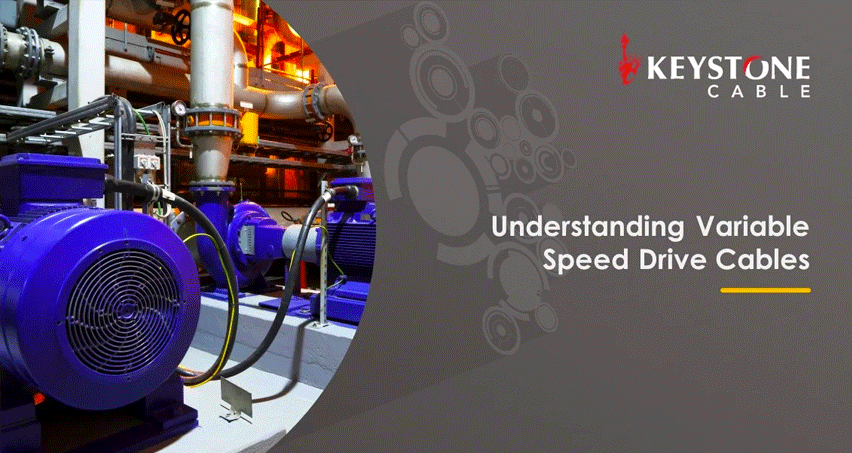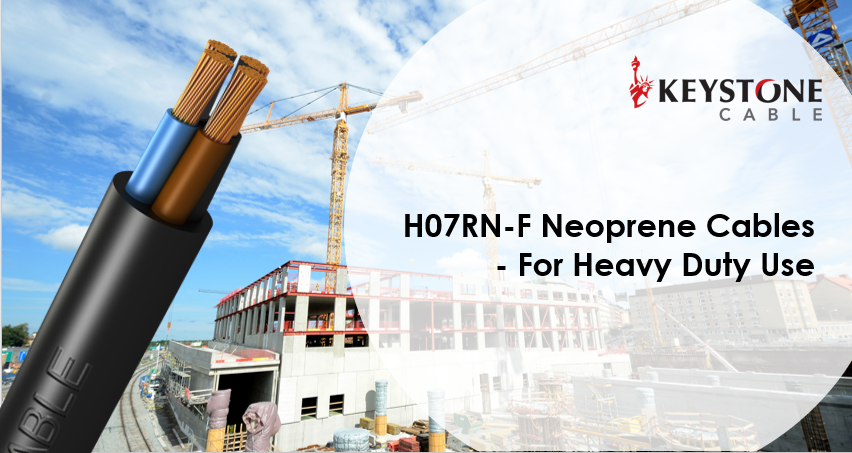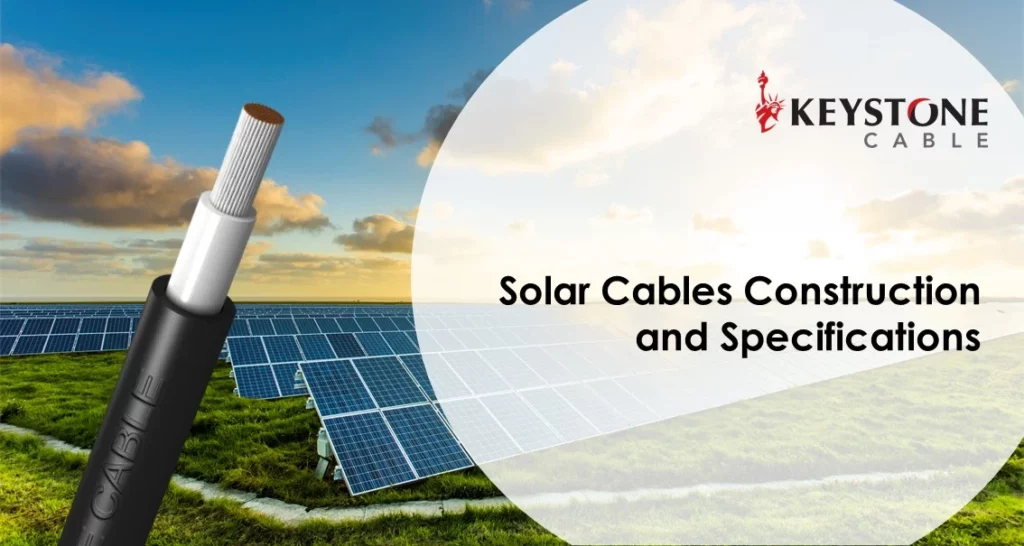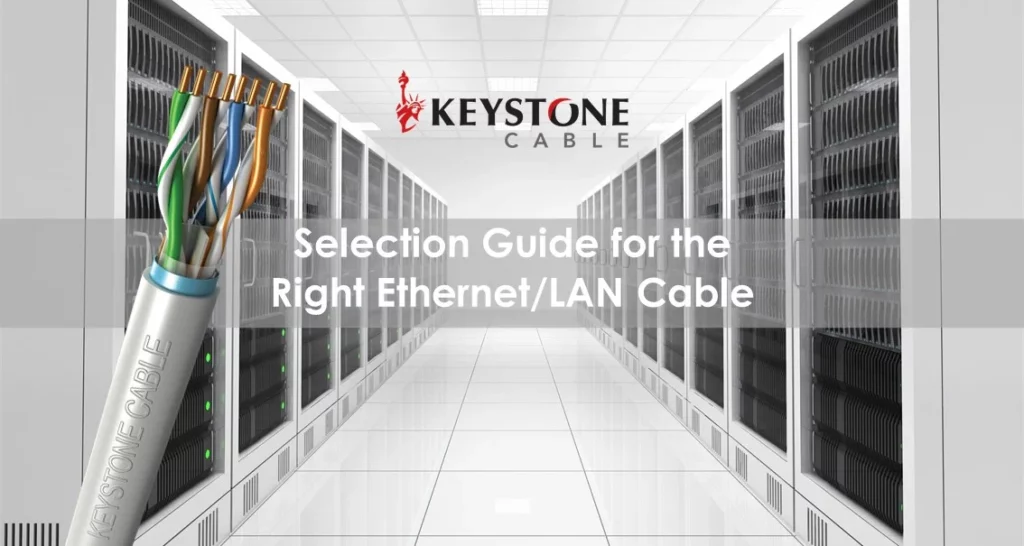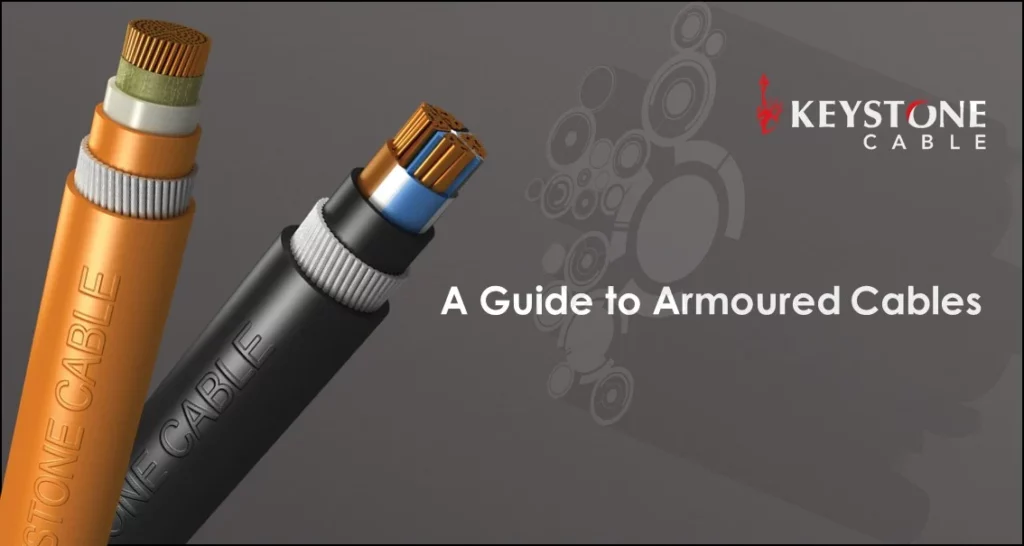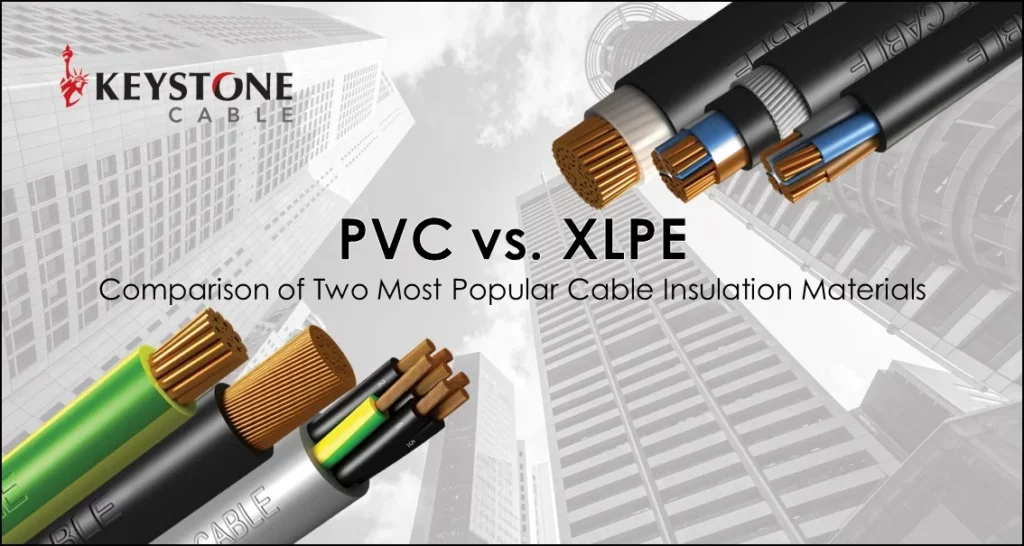A Guide to Medium Voltage Cables
Medium Voltage (MV) are power cables widely used in commercial, industrial, and electrical utility applications. At Keystone, our MV cables have a voltage rating from 6kV to 30kV. In this blog, we will discuss the construction of MV cables and explain how each layer contributes to their overall functionality. Construction of a MV Cable ConductorThere are 2 types of conductors that we use for the construction of our MV cables: Copper and Aluminium. Copper: Made from electrolytic copper with a purity exceeding 99.95%. Aluminium: Drawn from aluminium ingots with a minimum purity of 99.70%. Conductor ScreenOur conductor screen is an extruded cross-linked semi-conducting compound that covers the metallic conductor. This layer acts as a stress point in the insulation, potentially weakening its long-term durability. Insulation ScreenThe insulation screen is a cross-linked semi-conducting compound extruded over the insulation. It provides a smooth surface, serving as a transition material between the insulation where an electric field exists and the conductive metallic screen, where the electric field is zero. Thus, this reduces the stress at the insulation layer. Metallic ScreenThe metallic screen typically consists of a layer of helically applied copper tape with an overlap, over the insulation screen. The metallic screen in a 3-Core cable ensure that the electric field remains contained within the cable core. Cable Assembly (Optional)For 3-Core cables, identification taoes (Brown, Black, Grey) are placed under the metallic screen before the cores are laid up. A non-hygroscopic polypropylene filler is applied between the laid-up cores to provide a circular shape for the overall cable. Polypropylene tape(s) or PETP (Polyester) tape(s) is used as a barrier tape over the laid-up cores. Separation Sheath (Optional)All armoured cables include an extruded layer of Black PVC [1], MDPE [2], or LSZH [3] separation sheath, applied over the core or laid-up cores to prevent corrosion by separating different metals and avoiding galvanic effects. Armour (Optional)In armoured cables, the armour is applied over a separation sheath for additional mechanical protection. Single-core cables use aluminium wires (AWA), double aluminium tape armour (DATA), while multi-core cables use galvanised steel wire armour (SWA), or double galvanised steel tape armour (DSTA). Outer SheathAll cables have an extruded layer of PVC [1], MDPE [2], or LSZH [3] outer sheath over the core, laid-up core, or the armour. This outsheath, usually black, protects the cables from sunlight and termites. Another colour may also be provided upon agreement between the manufacturer and purchaser. [1] Polyvinyl Chloride[2] Medium Density Polyethylene[3] Low Smoke Zero Halogen For more information, check out our Medium Voltage Cables catalogue. Download Catalogue Keystone’s Commitment to Our Clients We are committed to providing exceptional customer satisfaction for our clients through a quality management system. Our experienced and highly skilled inspectors ensure that newly manufactured MV Cables are tested in a clean dust-free room environment and that each cable meets international standards such as IEC 60502-2 and BS 6622. For any enquiries regarding Keystone’s MV Cables, please check in with our sales team. Contact Sales
A Guide to Medium Voltage Cables Read More »

